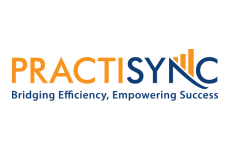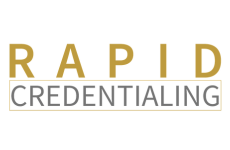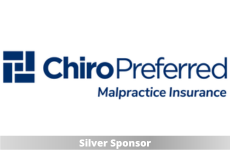
Establishing a Retirement Plan for Your Business

What to Consider in Establishing a Retirement Plan for your Business
Chiropractic physicians need to look toward the future and set up retirement plan(s) for themselves. The decision may seem daunting, the rules complicated, and you may think that without a huge staff, the plan is inefficient or expensive. However, setting up a 401(k) or other retirement plans for your practice is key to ensuring your financial future. There are many options out there, but with the proper consultation, you can pick the proper solution for your budget and business size.
There are 5 types of retirement plans that chiropractic physicians might want to consider:
1. Simplified Employee Pension Plan (SEP IRA)
2. Self-Employed 401(k) plan or Solo(k)
3. Savings Incentive Match Plan for Employees (SIMPLE IRA)
4. 401(k) plan
5. A Cash Balance Defined Benefit Plan
Each of these plans has different limits and requirements, such as contribution limits, administrative responsibilities, and the ability to cover employees. All of the plans offer certain advantages, such as tax-deferred growth potential and the ability to deduct employer contributions as a business expense.
That is about where the similarities end. So let’s take a look at what differentiates these plans.
SEP IRA
For a SEP IRA, you can be self-employed or a business owner. The employer is the only one allowed to make contributions, and they are tax deductible as a qualified business expense. In a SEP IRA, you may contribute up to 25% of compensation, up to a maximum of $53,000 in 2016. You don’t have to contribute every year, but remember, you have to contribute an equal amount to your employees as you do for yourself.
Solo(k)
A Solo(k) offers very generous contribution limits but is only applicable for practices where the only full-time employees are the doctor or the doctor and his or her spouse. This plan allows you to contribute both for your role as an employee and employer. You can elect to defer up to $18,000 for 2016, and then make a profit sharing contribution up to 25% of compensation, up to a maximum of $53,000. In addition, if you are 50 or older, you can contribute an additional $6,000 as a catch-up contribution.
Simple IRA
A SIMPLE IRA is for businesses with fewer than 100 employees. Both employer and employees can contribute to the plan, and contributions by the employer are tax deductible (similar to a 401k plan). Employees can contribute 100% of compensation up to a $12,500 maximum, and you, as the employer, must contribute to their accounts as well. The business can either match the employees’ contributions dollar for dollar, up to 3% of compensation (contributions can be reduced to as little as 1% in any two out of five years) or contribute 2% of each eligible employee’s compensation. The employee can also make a $3,000 catch up contribution if he or she is over the age of 50.
401k
A 401k plan can be created for businesses of any size. This plan, along with the Solo(k), offers the highest contribution limits for defined contribution plans. Both employer and employees can contribute to the plan, and contributions by the employer are tax deductible. Employees can contribute 100% of compensation up to $18,000, and you, as the employer, may contribute to their accounts as well. There is no requirement for an employer to offer a match to employees, and you can set it up as a fixed or variable percentage based on the employee contribution.
Cash Balance
A Cash Balance plan is a defined benefit (think “pension”) plan that is best for small to mid-size practices. It is especially useful for the practice where the owner is a little bit older and looking to put away as much money as possible for retirement. Maximum contributions in a cash balance plan depend on the age and compensation of an individual, with allowable annual contributions sometimes as high as $200,000. The older the individual, the sooner the assumed retirement age and the higher the potential benefits. The ultimate benefit is dictated by the terms of the cash balance plan, with the business owner responsible for all investment returns.
As you can see, there is no one size fits all solution for your practice. It is best to sit down and talk to a licensed professional to understand what retirement plan option is best for you.
About the Author:
Christopher Clepp is a registered representative of and offers Securities through The O.N. Equity Sales Company Member FINRA/SIPC, One Financial Way Cincinnati, Ohio 45242 (513) 794-6794.

















